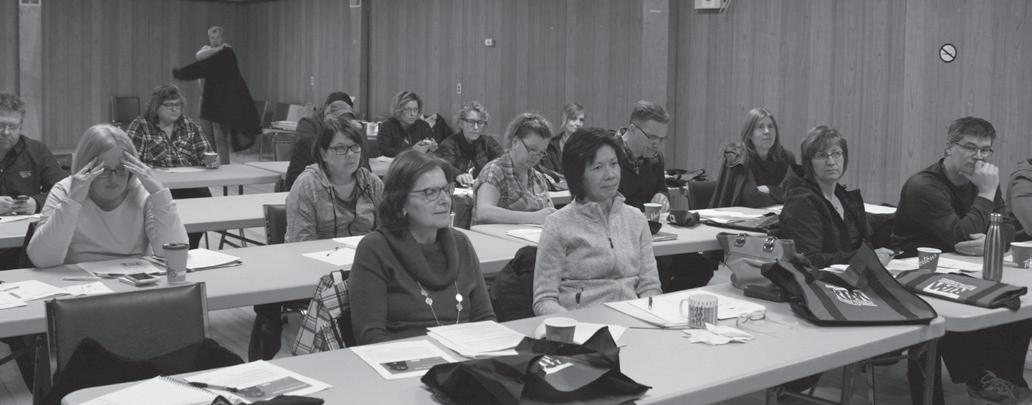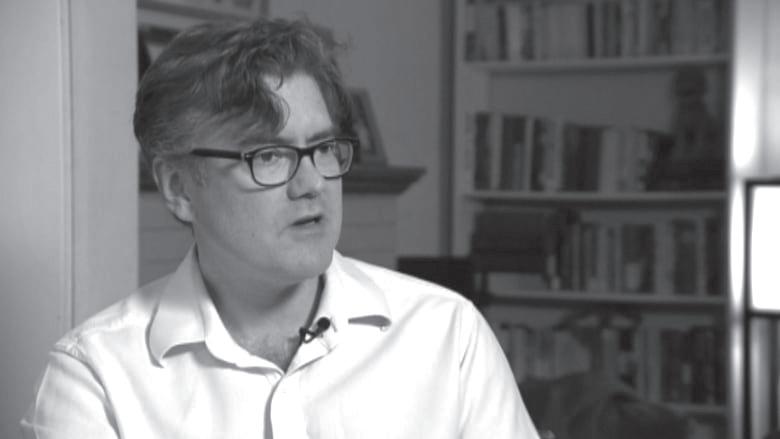
3 minute read
A conversation with Niigaan Sinclair
The modern definition of a “warrior” is an “educated person” explained an Indigenous high school student to me recently. He said that a modern Indigenous person must be able to understand treaties, contracts and the business world. His comments were a perfect addition to the conversation that the RTAM Political Advocacy Committee had in February with Mr. Niigaan Sinclair, columnist for the Winnipeg Free Press and Associate Professor at the University of Manitoba.
The PA Committee has asked Mr. Sinclair to share his views on the current status of Indigenous People and what followed was a very interesting and enlightening conversation. It continued into the lunch hour as he stayed to hear the experiences of retired teachers who had taught Indigenous students.
What follows is a synopsis by three of the teachers.
Guy Hansen
Someone had asked Niigaan “What does Manitoba, this Manitoba, mean to you?” Niigaan was quite excited in his reply. “I’m the most Manitoban of Manitobans,” he said. “My father comes from the Anishinaabe (Ojibway) and Cree peoples. My mother comes from British and French origins.” Niigaan then told us about his grandmother Janine Gamache, who had lived the last few years with dementia and had lost communication with her family. One day, quite miraculously, her speech returned, but it was in French only. Niigaan and family spoke only Ojibwa and English...except for Niigaan’s Ojibway/Cree daughter , age 12. She spoke fluent French and became the link between her great- grandmother and the rest of the family. “This is Manitoba,” he told us.
Niigaan was raised in Selkirk, Manitoba. His father, Murray Sinclair, (a lawyer who was later appointed to be in charge of Canada’s Truth and Reconciliation Commission) was born there. Niigaan grew up watching his father in court and later the TRC, speaking on behalf of reconciliation and how to build healthy relationships between Indigenous and nonIndigenous peoples.
Niigaan also explained what the First Nations gift of tobacco means. Tobacco was always exchanged at ceremonies and treaty signings, and represented the time and effort a person invests in a relationship. This is symbolized by the time it takes to plant, nurture and grow tobacco. To the recipient the message is:”You are of value to me. This is a gift from me, and of our earth”. Tobaccowhich means Asemaa in the Anishinaabe languageis therefore the hope to begin a long-lasting, widespread relationship. It is the gift of opportunity.
Niigaan also shared with us stories of his students, his family and his culture. We showed him how his work as a columnist with Winnipeg Free Press had influenced many of us and we then shared stories and laughter over lunch.
JoAnne Hoyak
Indigenous People are the fastest growing population in Canada. 42% of first Nations people live on the Reserve where the average age is 40-45 years; 58% live off the reserve where the average is 20-25 years of age. Manitoba and Saskatchewan have two of the largest concentrations of Indigenous people and 17.8% of the Canadian total live in Manitoba, with the largest segment in Winnipeg. Often the conflicts between Indigenous and non-Indigenous peoples in these communities is called “racism”, and there are certainly examples that can illustrate this. The news media focus on negative aspects of this concentration i.e. Brian Sinclair, Tina Fontaine, 1200 missing Aboriginal women, 4,000 murdered men, but often ignore the many positive facets in this relationship, like the facts that Winnipeg has an Indigenous mayor, 2500 Indigenous students at the University of Manitoba, and the hundreds of thousands of individuals in Manitoba who work, share families with and live effectively together. A large part of this change in



